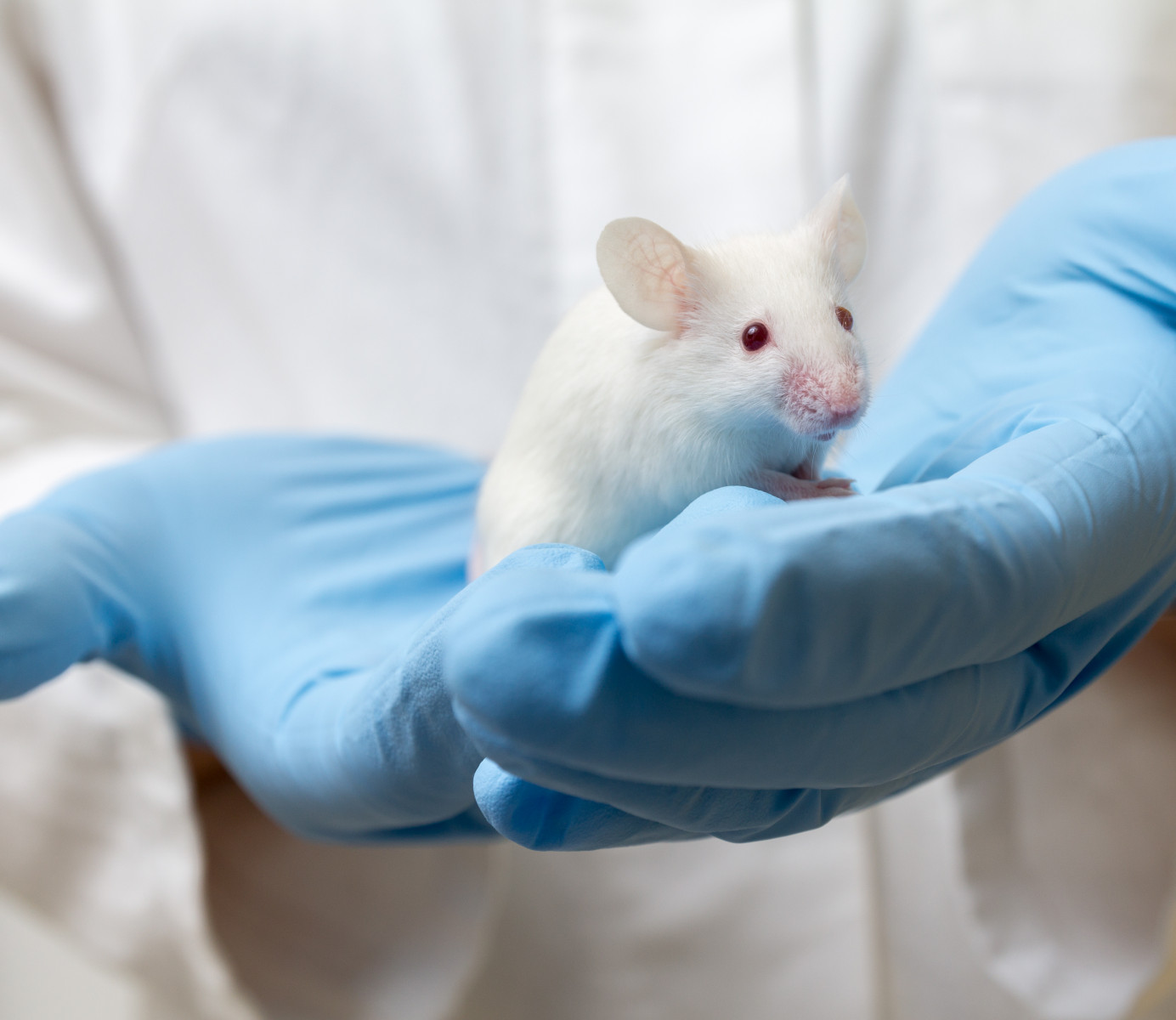Cashew Molecule Promotes Remyelination, Halts Disease Progression in MS Mice
Written by |

Anacardic acid, a compound found in cashew nuts, promoted myelin regeneration and eased neuronal damage and disability in two mouse models of multiple sclerosis (MS).
These protective effects were associated with maturation of myelin-producing cells and production of IL-33, an immune-related molecule with a neuroreparative role in the central nervous system (CNS, the brain and spinal cord).
These findings suggest that treatment with anacardic acid may be a new potential therapeutic approach for demyelinating diseases such as MS.
“We see this as an exciting finding, suggesting a new avenue in the search for therapies to correct the ravages of MS and other demyelinating diseases,” Subramaniam Sriram, MD, the study’s senior author, said in a Vanderbilt University Medical Center (VUMC) press release. Sriram is VUMC’s chief of neuroimmunology and the William C. Weaver III professor of neurology.
The study, “Anacardic acid induces IL-33 and promotes remyelination in CNS,” was published in the journal PNAS.
In the brain, damage of myelin (the protective sheath around nerve fibers that is lost in MS) attracts immature, stem-like cells called oligodendrocyte precursor cells (OPCs) to the lesion site. These OPCs then mature into oligodendrocytes, which are myelin-producing cells capable of restoring the myelin sheath.
However, despite the presence of these progenitor cells in MS lesions, remyelination, or myelin repair, is incomplete or absent. Therefore, increasing efforts are focused on identifying potential therapeutic approaches to promote oligodendrocyte maturation and/or remyelination.
IL-33 is an immune signaling molecule found at high levels in the CNS — particularly in oligodendrocytes — where it has immunoprotective and neuroreparative properties. It was shown to promote remyelination after CNS injury in mice and reduced disease severity in a mouse model of MS.
These findings suggested that compounds known to increase IL-33 production potentially could be used to promote remyelination.
A team of researchers led by Sriram evaluated the effects of anacardic acid — a molecule found in the shell of cashew nuts and thought to potentially increase IL-33 levels — in rat OPCs grown in the lab and in two mouse models of MS.
Such models were the experimental autoimmune encephalomyelitis (EAE) model and the cuprizone model (in which oligodendrocyte death and myelin loss is induced by the toxic agent cuprizone).
Results showed that adding anacardic acid to rat OPCs resulted in higher IL-33 levels and OPCs’ maturation. It also increased myelin production and the activity of myelin-related genes.
In the two MS models, anacardic acid treatment, at doses ranging from 0.025 mg/kg to 2.5 mg/kg, halted or delayed disease progression and myelin loss, improved remyelination, and reduced disease scores, compared with untreated mice.
These clinical improvements were accompanied by an increase in the number of IL-33–positive oligodendrocytes in the areas of myelin loss.
Notably, reduction of clinical paralysis in the EAE model was seen when treatment was administrated either prior to or following symptom onset, highlighting the potential benefits of anacardic acid in treating MS patients.
Based on these findings, the team hypothesized that anacardic acid promotes oligodendrocyte maturation and boosts the activity of myelin-related genes through a direct action and also indirectly via the production of IL-33.
The data suggest that “the compound offers therapeutic promise in the treatment of human demyelinating disease such as MS,” the researchers wrote.
“These are striking results that clearly urge further study of anacardic acid for demyelinating diseases,” Sriram concluded.





